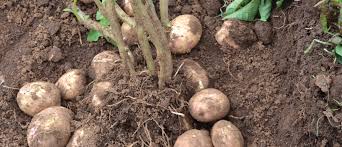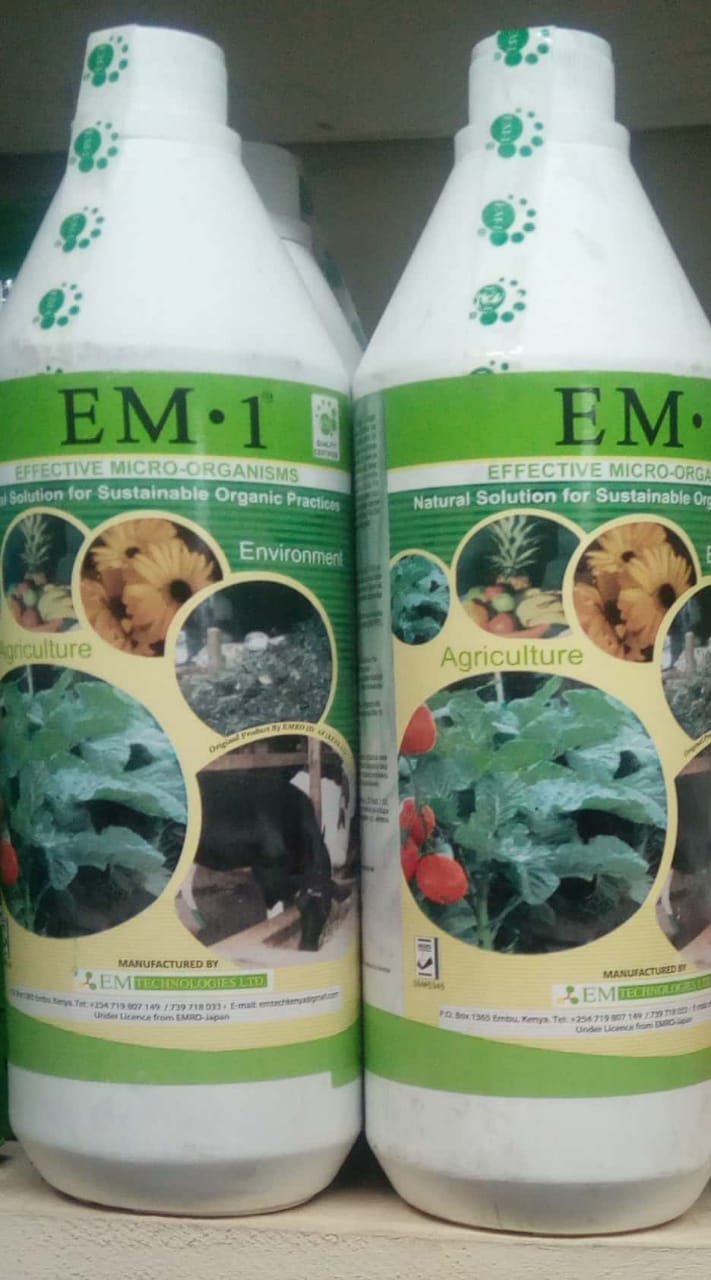
By George Munene
George Muturi, a 26-year-old farmer has cut a lucrative niche for himself in offering innovative organic farming solutions through the rearing of redworms, black soldier flies and growing azolla. Ventures which net him about Sh50,000 a month.
Lacking school fees after completing his secondary education, Muturi began rearing poultry and rabbits in 2013, he however changed tack in 2015. “Through internet research I found the rearing of redworms to be a novel and more promising business opportunity. ICIPE (International Centre for Insect Physiology and Ecology) was encouraging farmers to take on the venture by offering free worms, from them I got my first batch, starting out with an aim to propagate the earthworms as a source of chicken feed,” Muturi says.
However, due to their low production rates he opted to use them for vermiculture –production of an affordable organic fertiliser called vermicompost (a product of the decomposing vegetable or animal waste using species of worms) that he sells to other farmers for crop production. From making just 100-150 kilograms of vermicompost six years ago the resident of Lari, Kiambu County, now produces two tonnes of vermicompost monthly for his standing clients. He sells a kilogram for Sh50.
Related News: Redworm rearing promises better income for undergraduate
Related News: Black Soldier Fly grower enlisting farmers to earn income
The worms feed on animal manure (he opts for the more available cow dung) as well as dry and wet leaves. For his production of two tonnes, he uses 200-300kg of earthworms and 2.5 tonnes of raw material. Whilst he is able to source vegetative material from his home he has to buy cow dung from neighbouring farms. This he says, runs his total cost of production to Sh25/Kg. He rears his worms in a simple shed made out of offcuts and nylon paper. The basic parameters to observe in setting up a vermicompost unit are ensuring it is shaded from direct sunlight; ensuring temperatures within the unit do not exceed 35°C or go below 15°C. The moisture content level also needs to hover at around 40%. The worms can be fed at one go or intermittently—about once every week and the fertiliser is ready for harvest after 45 days.
Muturi’s newest project is the farming of azolla, a water fern that is rich in proteins and serves as a supplement to feed for chickens, ducks, pigs, fish, cattle, sheep, goats and rabbits. Azzola has been in vogue amongst poultry farmers in the know for its high rate of growth in water without displacing existing crops and its ability to proliferate without inorganic nitrogen fertilisation. “Again, through online research, I got to read up on the benefits of azolla as a supplement to traditional chicken feed, I got the seeds from one of the pioneering farmers in its growth in Nairobi, explains George. Muturi propagates his azolla in a foot deep 1.5M*7.5M artificial pond. The azolla is ready for harvest after just three weeks. Every three days one collects up to 10-15 kilograms. One kilogram of azolla is fit to provide sufficient dietary protein for up to 50 chickens. Most of his azolla is consumed by his chicken, though he sells 10-20 kilograms of it at Sh1000 per kilogram every month to other farmers.
Related News: How to set a simple vermiculture system for your kitchen garden
He also rears black soldier flies in a setup that farms 100 kilograms every two weeks—most of which he feeds to his chicken and pigs. He sells 15 kg of BSF larvae at Sh2000 per kg every month to starter farmers.
George Muturi: 0717411668
Write comment (0 Comments)
















